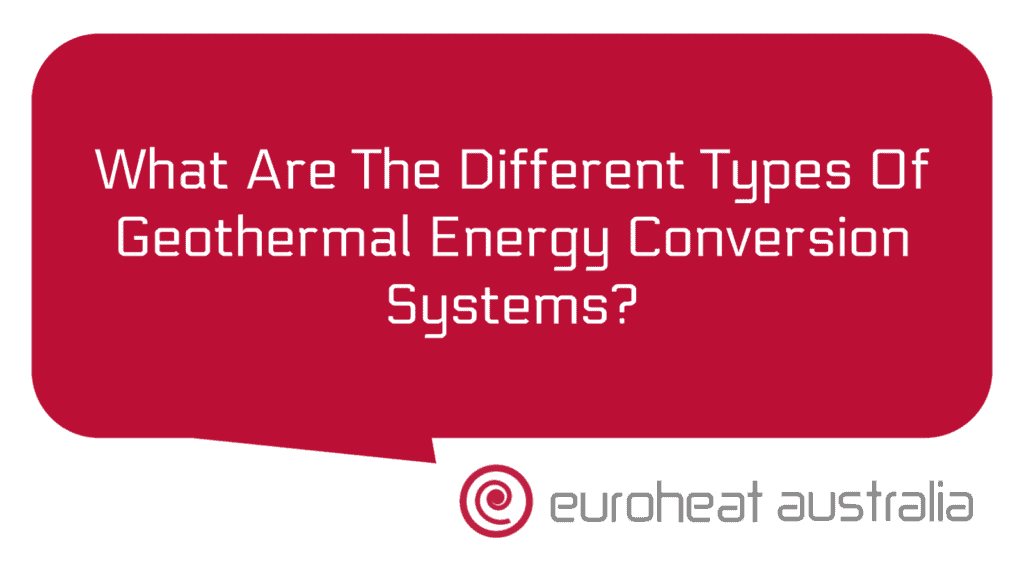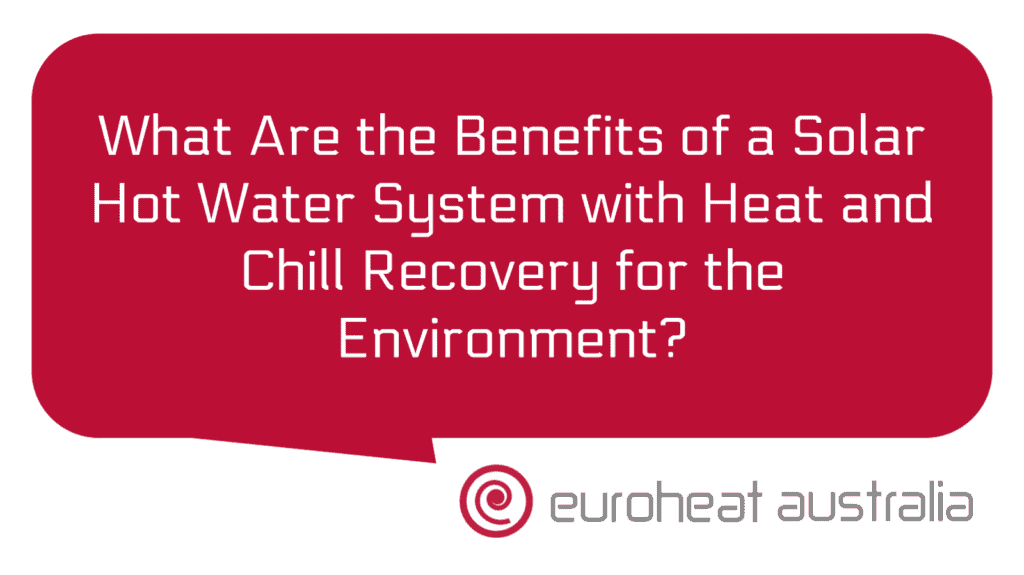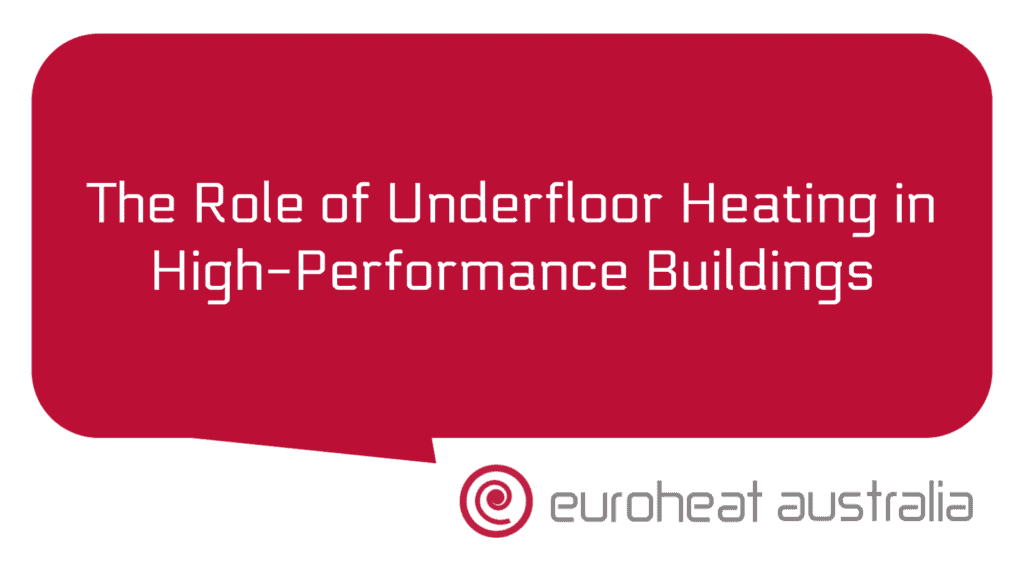Are you looking to make the most of geothermal energy and reduce your energy bills? You might have heard about geothermal energy conversion systems, but what exactly are they and how can you benefit from them?
Geothermal energy conversion systems use underground heat from the Earth to provide heating, cooling and hot water for your home. The three main types of geothermal energy conversion systems are closed-loop systems, open-loop systems and standing column wells. Each type has its own advantages and disadvantages, so it’s important to understand how each works before making a decision about which type is best for you.
Closed-Loop Systems
Closed-loop systems are the most common type of geothermal energy conversion system. In this system, two pipes are installed underground in a loop configuration. A liquid is circulated through the pipes to absorb heat from the ground, which is then used to heat the air inside your home. The same process occurs in reverse during summer months when the liquid absorbs heat from inside your home and transports it back underground.
The installation of a closed-loop system requires a large amount of space for the pipes, usually around 200m2 or more depending on your needs. Closed-loop systems also require some excavation work in order to lay the pipes underground – this can be costly and time consuming. However, once installed they are efficient at converting geothermal energy into usable heat or cooling for your home, resulting in significantly lower energy bills compared with traditional heating and cooling methods.
Open-Loop Systems
Open-loop systems use groundwater from an aquifer as the source of heating and cooling for your home. In this system, a well is drilled into an aquifer that is close to your property in order to access groundwater. This water is then pumped directly into your home’s heating or cooling system where it absorbs heat from inside or outside your house before being discharged back into the ground via a second well. Open-loop systems require less excavation than closed-loop systems since only two wells need to be drilled for installation – one for pumping water in and one for discharging it back out – but they are still relatively expensive due to their reliance on an aquifer that may not be readily available in some locations.
Standing Column Wells
In standing column wells (also known as vertical loops) two vertical boreholes are drilled around 100m deep into an aquifer that’s close by your property. A pipe with U bend joints is inserted into each borehole before being sealed off at both ends – water circulates between these two pipes allowing it absorb either heat or cold depending on what’s needed by your home’s heating or cooling system at any given time. Standing column wells typically require less space than closed loop systems since only two boreholes need to be drilled per installation – so they can often fit onto smaller properties – but because you’re relying on groundwater from an aquifer nearby they can still be relatively expensive compared with other types of geothermal energy conversion systems..
No matter which type of geothermal energy conversion system you choose, one thing’s certain: installing such a system comes with major savings when it comes to electricity bills compared with traditional methods of heating and cooling – up to 50% depending on how well designed & installed! And this is where Euroheat Australia come in; Perth engineers & installers that design & construct hydronic heating & cooling systems with over 30 years of experience – so using their design & installation services makes perfect sense if you want maximum efficiency & cost reduction!





